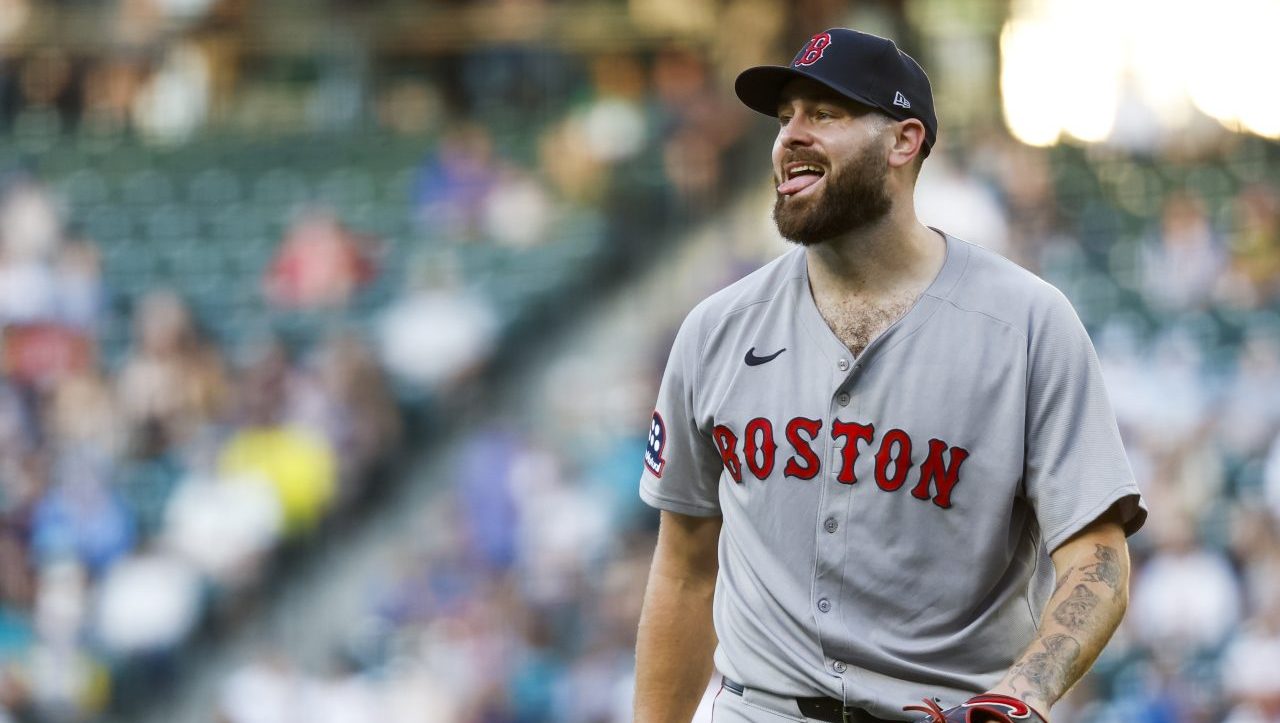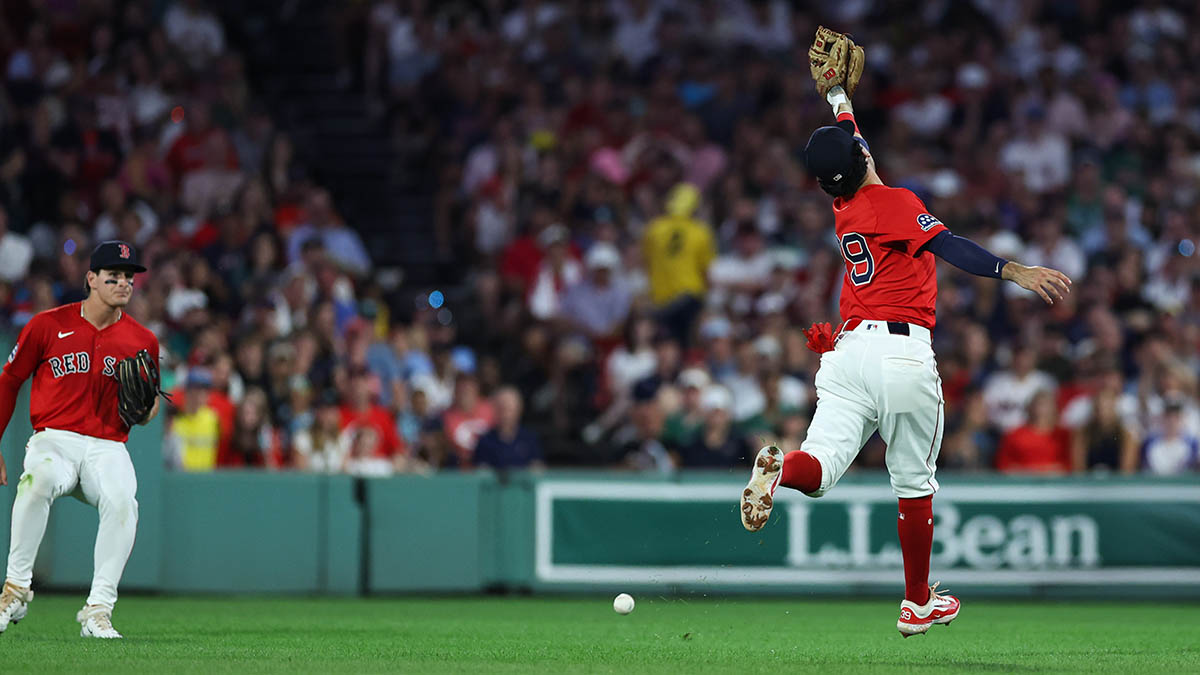BOSTON — Early on, the Astros’ rebuilding project sounded like a machine that would just pump out affordable big leaguers. Free agency would be a last resort, and trading prospects would be a sin. Homegrown or bust.
Why then, on the eve of their American League Division Series opener, do the Red Sox and Astros appear to have similar roster builds?
The Red Sox have Mookie Betts and Andrew Benintendi. The Astros have Jose Altuve and Alex Bregman. Both club traded for star pitchers, Chris Sale and Justin Verlander.
Some veterans, some kids. Some free-agent signings, some prospects dealt away.
That sounds strange, because the Red Sox and Astros are run by polar opposites.
That’s not to say Sox president of baseball operations Dave Dombrowski ignores the input of statistics beyond, say, RBIs. That’s not to say Astros general manager Jeff Luhnow completely eschews empirical observations in his decision-making process.
But there are no baseball heads further apart philosophically. For example: Dombrowski, who's been in the game 40 years, relies on a small army of scouts, and is known to call his scouts directly. Luhnow, a businessman turned baseball executive who maintains a small inner circle, is restructuring the pro scouting department. He's pivoting to video and other information streams that require fewer games to be attended.
Boston Red Sox
Find the latest Boston Red Sox news, highlights, analysis and more with NBC Sports Boston.
So in the big picture, did Luhnow’s Astros, labeled as an experiment for so long, wind up just like every other team — just like Dombrowski’s Red Sox?
Luhnow said he didn't know the Sox front office well enough to make a comparison. But the roster likeness rings true for him.
“Yeah, I think they are similar,” Luhnow said. “The Red Sox spent a large part of the last 10 years building up an elite farm system, which is what we’ve been trying to do for the last six or seven years. Add they’ve been consistently ranked as one of the best systems in baseball. We’ve been consistently ranked that the last few years.
“And they went out, made a big trade using their farm system to get Sale. And we’ve used our farm system to get Verlander. So there are commonalities there. We both dipped into the free-agent pool, when necessary. So yeah, there’s definitely some common themes.”
Actions and looks (or thematic looks) are two different matters. The Sox and Astros appear somewhat similar right now. They’ve acted differently, and probably will continue to.
For one, the Sox farm-building Luhnow referred to took place under former general manager Ben Cherington, and Theo Epstein before him.
Dombrowski is Dealer Dave. Go down the list of deals, but you already know them: Sale, Craig Kimbrel, a bunch of other relievers. That’s from just his time in Boston.
Luhnow, meanwhile, is reticent to deal prospects, to the point his players complained at this year’s non-waiver trade deadline when no move was made. He has one signature trade under his belt now. Even that Verlander deal — completed in August at the waiver deadline for prospects Franklin Perez, outfielder Daz Cameron and catcher Jake Rogers — is hard to justify when it comes to an isolated evaluation of player value.
"The math doesn’t necessarily ever work when you’re trading for an elite player, trying to accomplish short term goals,” Luhnow said. “You give up a lot of future value, and we did in this deal. We were pretty disciplined about looking at all of our alternatives and trying to pick the deal that we give up the least amount of future value for the most amount of present value. And I think we were able to do that. But you know it goes beyond math when you’re trying to win a championship in the short term.”
The math also becomes more complicated when you have a good team, and the only way to upgrade in a meaningful way is to obtain an elite player. Your baseline player isn’t a replacement player, it’s someone better.
Dombrowski's not one to express a feeling the math for a star player he acquired might not work.
Sure, the Astros and Sox have both spent some money. The former has spent very little, the latter a ton.
The $217 million contract David Price received in Boston is more than four times greater than the single largest free-agent deal Luhnow has given out, a $52 million deal for outfielder Josh Reddick before this season.
Nonetheless, the Astros touted building from within for so long, particularly in the early years when Luhnow took over, that people might have expected the team to have fewer outside additions. Luhnow said the number of homegrown players on the Astros (whose playoff roster has not been announced yet) is about what he expected. Even if that's not the case, his process is still unfolding.
Luhnow did always plan to add via free agency and trades, and the moves he has made in those arenas are much more reserved compared to those Dombrowski has made. They're less risky, too.
“We did tell people from the beginning when the time is right, the payroll will increase,” Luhnow said. "We’re going to make trades and we’re going to sign free agents. But until you start doing that, nobody believes you. And especially because we hadn’t really done it, we had such a low payroll for a couple of those years. I mean, I understand the skepticism. We tried to communicate our plan as best we could. I think it was, once we started to do it for real, the people started to realize that was part of it.”
The Astros didn’t entirely reinvent the wheel. Perhaps too many people thought they would as a product of their own marketing. A lot of current Astros stars were in the organization when Luhnow took over.
But what they're doing is different from the Red Sox.
Forget the roster snapshot. A better way to judge the Sox and Astros roster-building strategies is sustainability.
See if, in five years, Luhnow’s farm system keeps pumping out players as free agents leave. See if he gives in and trades away more prospects with greater frequency.
See if, in five years, the Sox are rebuilding like the Tigers, Dombrowski’s former team, are today.
Even if both franchises are still competitive half a decade from now, it may be for different reasons. Dombrowski’s payroll grants him freedom to operate with less efficiency.
For nine figures, Dallas Keuchel could look great in a Sox uniform in 2019.


